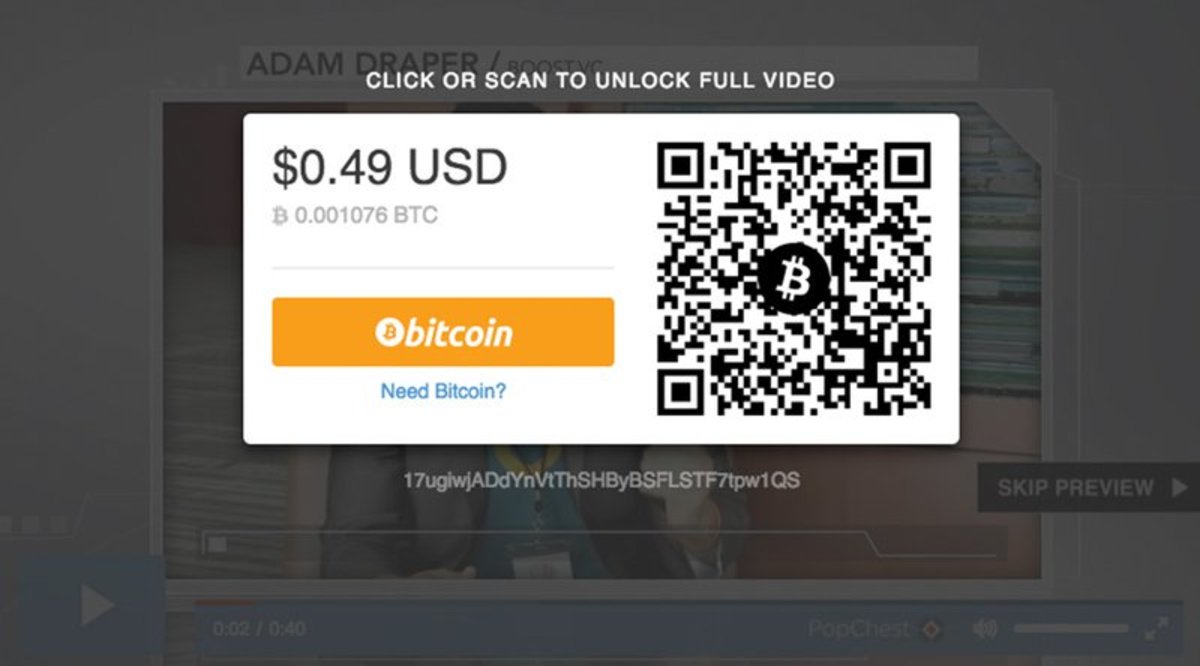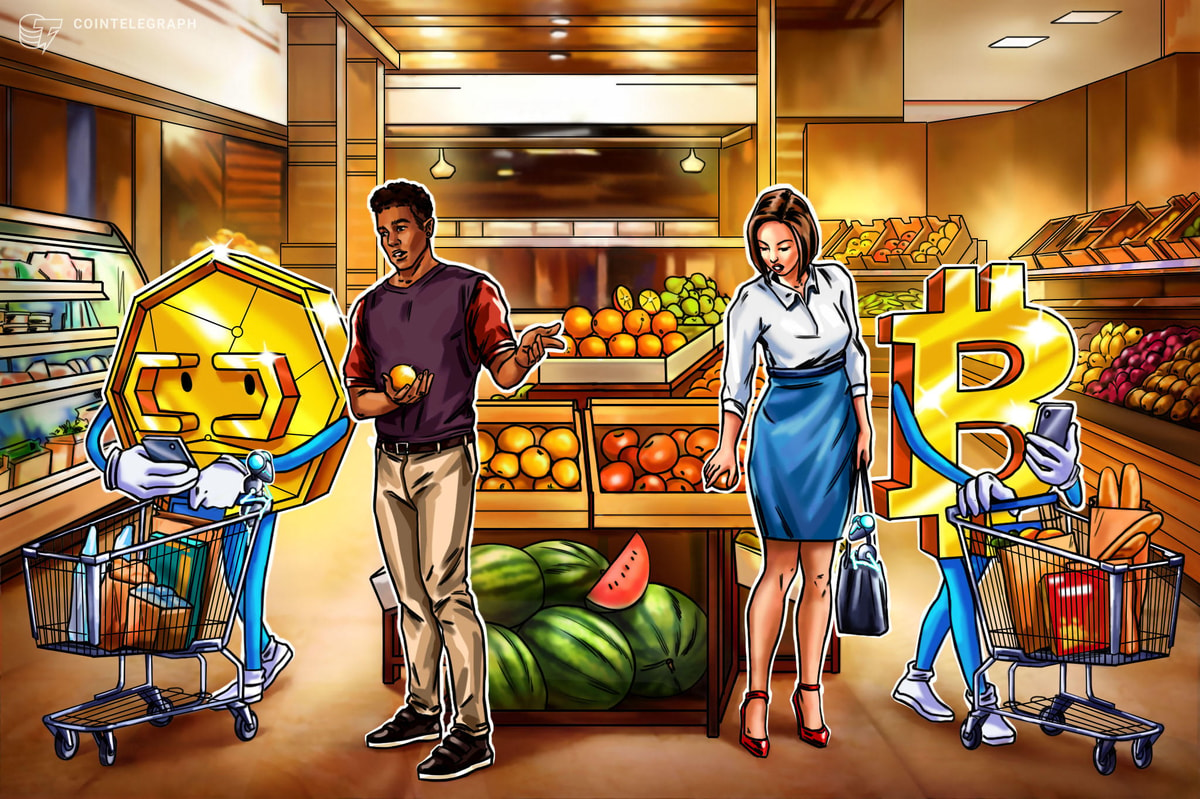
Micropayments have been touted as one of Bitcoin’s main use cases since the early days of the technology, and a recent trial of the Bitcoin-powered content platform PopChest by YouTube Star NurdRage indicates that these claims may not be overblown.
NurdRage has been testing out various alternative content monetization schemes lately, and a test of PopChest generated a 400 percent increase in revenue for the science-focused YouTube channel.
Past Tests With Bitcoin-Focused Content
The early testing ground for PopChest’s micropayments-based content monetization model has been TheProtocol.TV. Although people can see how Bitcoin-powered micropayments could work in theory, the reality is that not many people are holding bitcoins right now. TheProtocol.TV provided PopChest with a useful testing ground, which focused on content generated for those who are likely to already hold bitcoins.
TheProtocol.TV has been able to achieve some early success with content focused at individuals who are interested in Bitcoin or blockchain technology. An interview with Ethereum creator Vitalik Buterin has generated 225 paid views at 49 cents each.
NurdRage Gets Positive Results
The real test for PopChest took place earlier this year when the startup ventured out of the Bitcoin ecosystem. Bitcoin Magazine recently caught up with PopChest CEO and co-founder Valerian Bennett to get the results from this experiment. Bennett was able to lay out the data related to NurdRage’s use of the PopChest platform:
“On average, his previous 10 YouTube videos got around 40,000 views ‒ worth about $50 each. We got 800 paid views at 25 cents per, which equates to $200. So two percent of his audience produced four times the revenue.”
This project has been helpful in PopChest’s attempt to promote its platform outside of the Bitcoin community.
“The cool thing is his content isn't Bitcoin-specific,” Bennett said.
Another sidenote shared by Bennett was that the majority of the traffic to NurdRage’s PopChest portal came from YouTube. Some content creators use YouTube as sort of an advertisement for their own content portals. Bennett went into further detail on the YouTube-based strategy:
“Using ‘influencer marketing’ techniques, we were able to set up more than 300 fans with their first Bitcoin wallet through a link provided directly in NurdRage’s YouTube comments section. We didn’t need ‘everyone’ to have bitcoins, we just needed his most passionate followers to have bitcoins.”
What’s Next for PopChest?
During Bitcoin Magazine’s conversation with Bennett, the topic of the Brave browser also came up. Bennett noted that he’s the local meetup organizer for Brave in Los Angeles.
Similar to Brave’s monetization model, PopChest’s development roadmap also includes a plan to allow viewers to earn money by watching ad-supported videos (as opposed to paying for commercial-free videos). This sort of activity is already popular in some smartphone-based games where users watch advertisements in exchange for game tokens. On PopChest, users would be paid in bitcoins, which means much more flexibility is offered in terms of what can be done with the earnings.
PopChest also just launched its own YouTube-style portal last week. Bennett is hoping it will encourage more publishers to use the micropayments platform. Additionally, the PopChest player now has Chromecast support, which lets viewers pay for videos with bitcoins and immediately watch them on their televisions. Support for other devices, such as AppleTV and Roku, is slated for the future.
For now, improvements to Bitcoin micropayments are still needed for PopChest to reach its full potential. The startup is looking forward to the development of layer-2 protocols, such as the Lightning Network and payment channels, which could allow for instantly-confirmed, sub-penny transactions with extremely low fees.
“Being able to back up the promise of Bitcoin micropayments with hard data is an exciting accomplishment for PopChest,” Bennett told Bitcoin Magazine. “Now, the goal is to get these tools in front of as many content creators as possible to build a truly open platform with micropayments at its core. Publishers will make more money and viewers can opt-out of watching commercials to reclaim their most valuable asset: their time.”










